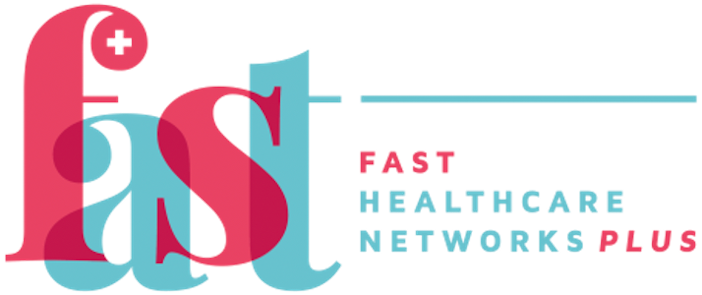Design Stage
The design stage showcases methods that can assist engineers in developing prototypes of healthcare products that meet the needs of their intended users. These methods include various types of workshops, prototyping, personas, and scenarios. Workshops allow engineers to engage with users, thus allowing their immediate thoughts and insights to be integrated and explored; however, although workshops are beneficial, they are not essential, as there are other methods of engagement. Prototyping allows engineers to work with and trial early low-fidelity concepts with users. Personas help in ensuring that the healthcare product is being developed for the correct users, and scenarios can help to identify key moments where technology could be helpful or allow engineers to convey to users potential scenarios in which new technology can help improve current systems and practices.
Understanding the user’s needs provided a list of methods to help to understand what users say, think, do, and use. The image on that page indicates that through these methods we can work towards developing technology that will make a positive difference. Through the design stage we try to ground the needs and aspirations of users in relation to performing their work.
The design stage allows users to explore new ways of approaching their tasks to achieve their goals using low fidelity and exploratory means. Within healthcare this could be exploring interfaces for surgeons, developing improved visualisation or data for bedside nurses, or investigating devices for home use.
In this section we will expand on each of the design stage methods and highlight what the method is, and why, when, and how they can be used.


